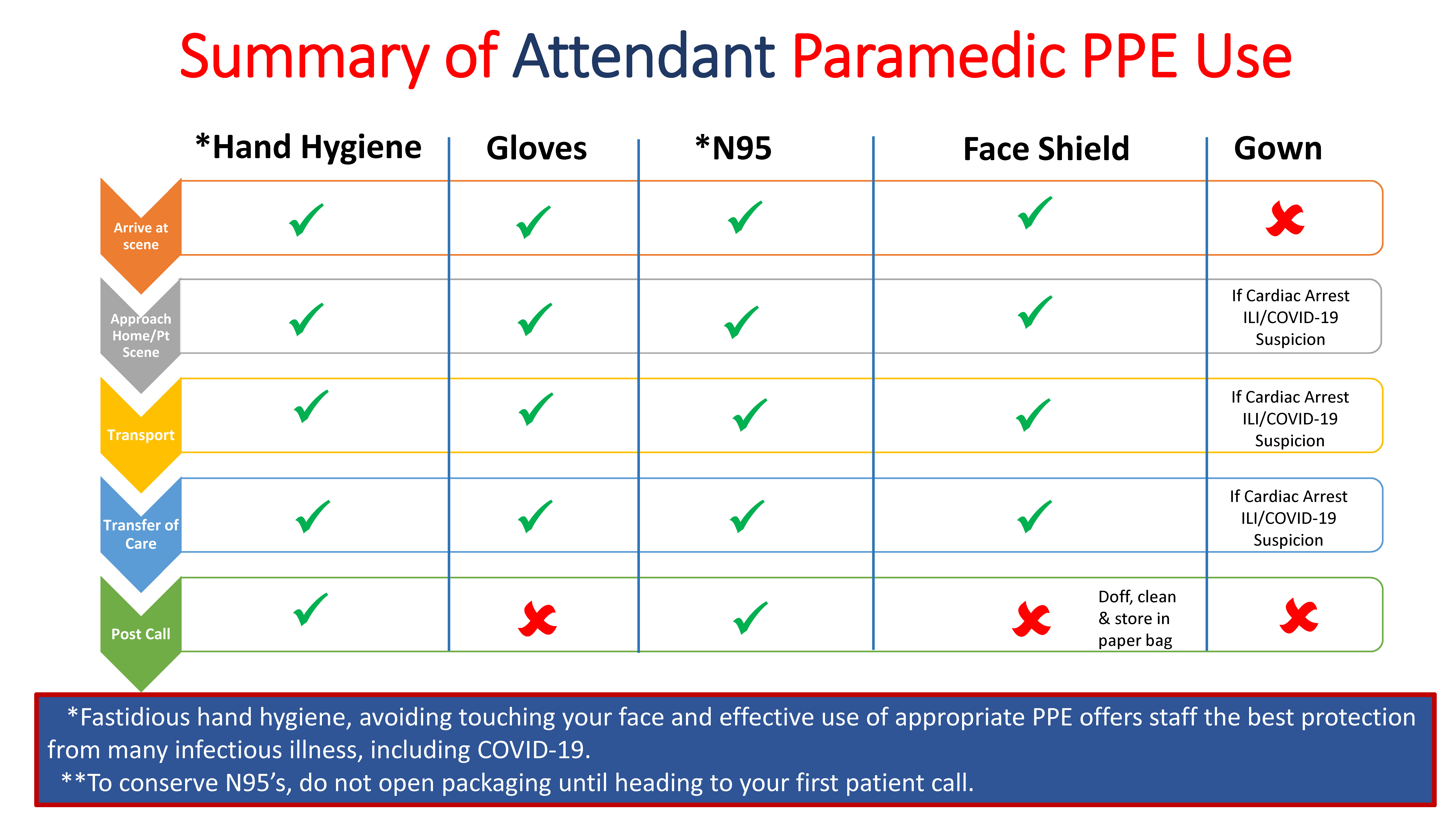Wilderness First Aid and Covid19 - Practice Guidelines
Recommendations for preparing for, and the actual practicing of, wilderness first aid in this new Covid19 world.
Pre-Trip Recommendations
- Utilize a health declaration, signed just prior to any trip start. Here is an example from the ACMG. Be sure to advise trip participants of this declaration when they sign-up for the trip or course. We recommend you send it with along any other "paperwork" you send pre-trip.
- Trip leaders need to agree and sign off their own declarations too.
- Bring extra Personal Protective Equipment (PPE) in your first aid kit. Masks (see below discussion on masks), eye protection (protect those mucous membranes), handwashing and hand sanitizer gear, first aid gloves (get good nitrile ones that don't tear easily).
- Consider your facial hair style. See this CDC chart linked here for guidance.
General On Trip Recommendations
- Improve upon your handwashing procedures, as an industry we are not typically good with this. Build a handwashing station. I use a dromedary bag suspended from a branch, a length of cord and a stick (to make a step that lifts the bottom of the bag for "running water"), and a bar of soap (in a plastic "garlic bag") hanging with the dromedary. Teach participants to wash hands properly (demo, describe, do). Watch the below video:
- A handwashing plan that ensures regular handwashing by the group as a whole. Pick natural breaks in the day to make this happen. At Slipstream, we will do it between scenarios on outside days. These handwashing breaks should be more than just after using the toilet and before meals or food prep; Even after everyone helping carry gear on portages!
- Hand sanitizer, used after handwashing.
- Avoid touching your face. Make up a game where the group polices itself with this. Everyone can use help with this, hell I'm doing it as I write this!!
- Have group members use masks (they can generally bring their own) but, you may need a box pre-trip to supply some for participants. (see below discussion on masks)
- Don't share gear among the group, but if you must, shared gear needs a sanitization plan. There are lots of products available for sanitizing surfaces. This plan should be written down as a policy, and abided by.
- Remind participants to sneeze and cough directly into sleeves, not hands or the air we all breath.
- Have daily wellness check-ins among group members. Isolate anyone developing signs or symptoms. Early signs and symptoms can include, but are not limited too:
Fever, chills, cough or worsening of chronic cough, shortness of breath, sore throat, runny nose, loss of sense of smell or taste, headache, fatigue, diarrhea, loss of appetite, nausea and vomiting, muscle aches, stuffy nose, conjunctivitis (pink eye), dizziness, confusion, abdominal pain, skin rashes or discoloration of fingers or toes.
Wilderness First Aid during Covid19, Practice Guidelines
I want to start by sharing a chart of BC Ambulance's policy for their first aid providing paramedics:

Image from: BCAS Covid-19 Specific Practice Guidelines
So what do we recommend...
- During your Scene Assessment phase, wash or sanitize hands (as time permits) don mask, first aid gloves, eye protection, mask the patient (have patient don their own mask or you provide them with one or you put one on the patient).
- Leaders should help by checking/reminding each other of PPE issues. (e.g. forgotten eye protection, torn glove)
- If possible, perform first aid outside only, in well ventilated spaces. Not in a tent, snow cave or quinzee, cave, grotto, long drop, or similar!
- Do as many first aid tasks as possible utilizing physical distancing of 2 metres, or greater.(e.g. patient history, writing out plan)
- Wash, and sanitize, your hands, after you are finished touching your patient (time permitting).
- Change gloves often and utilize proper glove removal techniques. See below:
- Sanitize any first aid gear used/accessed, as with any other group gear. Don't forget to sanitize your pencil or pen. Note: tape and other non-sanitizable items should be considered single-use only. This will likely require adding additional first aid supplies to your kit.
- Have a "biohazard bag" for discarding first aid trash.
- Advise incoming rescue personnel of any symptoms in yourself, your patient, or any group member.
A short discussion on masks
We recommend you start by reading this article. Then consider these facts:
- N95 masks must be properly fit-tested and properly fitted prior to exposure to gain the advertised benefit of an N95 mask.
- N95 masks are in short-supply globally and are being recommended for health care providers only.
- KN95 masks have very-similar effectiveness when fit tested, however your breathability (comfortable breathing long term) is a bit lowered with their use.
- Surgical-style masks are your next best layer of protection. These may also be in short-supply.
- DIY masks have varying degrees of effectiveness.
A cool page on material effectiveness from smartairfilters.com
Here's a page from the Government Canada on how to make a mask.
Please feel free to post questions or comments in the WFA Questions forums in Part 1. Stay healthy and have fun out there.